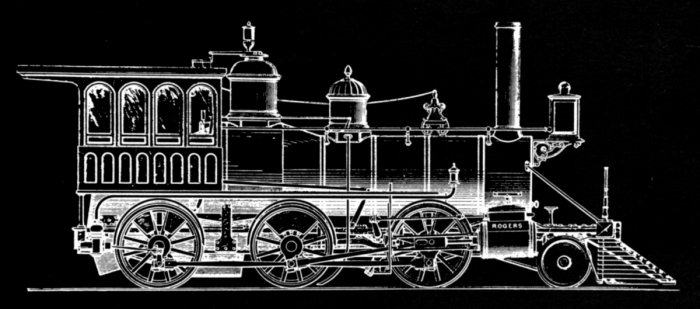[p118]
INTRODUCTION OF
THE LOCOMOTIVE SAFETY TRUCK
Pioneer railroading was dangerous. With increased speedand density of traffic came an increase in catastrophic wrecksthat forced operators to take heed for the safety of their passengersand freight. This safety was painfully achieved throughthe slow process of improving equipment part by part.
Antedating such spectacular post-Civil War advances as thesteel rail, automatic coupler, and airbrake, was the inventionof the safety truck for locomotives. Intended to lead thebobbing, weaving locomotive around curves on the rough trackof the early roads, it did much to reduce the all too numerousderailments that were a major cause of accidents.
The Author: John H. White, is associate curator, incharge of land transportation, in the Smithsonian Institution’sMuseum of History and Technology, United States NationalMuseum.
American railroads of the early 19th century werecheaply and hastily built. They were characterizedby inferior roadbeds, steep grades, sharpcurves, and rough track. In spring, poor drainageand lack of ballast might cause the track to sink intothe soggy roadbed and produced an unstable path.In winter this same roadbed could freeze into a hardand unyielding pavement on which the rolling stockwas pounded to pieces.
In those pioneering times the demand for new roadsleft little capital to improve or expand existing lines;therefore equipment was needed that could accommodateitself to the existing operating conditions.
The first locomotives used in this country had beenimported from England. Designed for well-ballastedtrack with large-radius curves and gentle gradients,they all too frequently left the rails, and the unsuitabilityof the essentially rigid British design soon becameapparent.
The challenge posed by the American roadbed wasmet by American mechanics. By the mid-1830’sa distinctive American locomotive had evolved thatmight best be described by the word “flexible.”The basic features of its running gear were a barframe and equalizing levers to provide vertical reliefand a leading truck to provide lateral relief. Ofthese devices the truck was probably th

